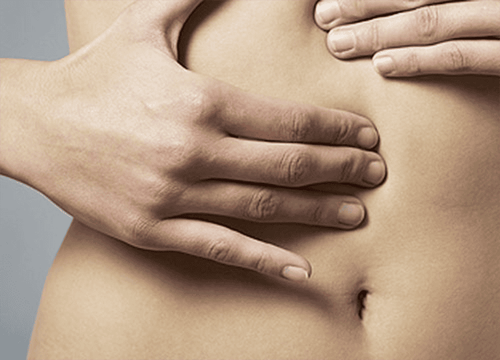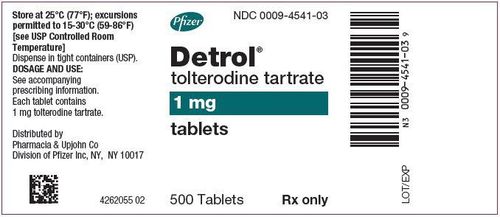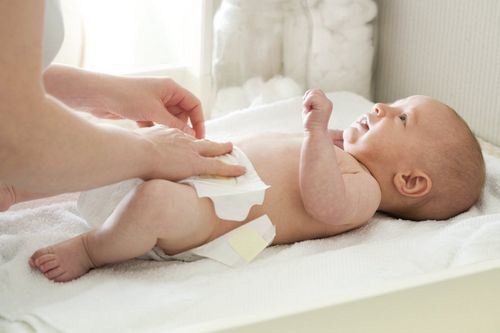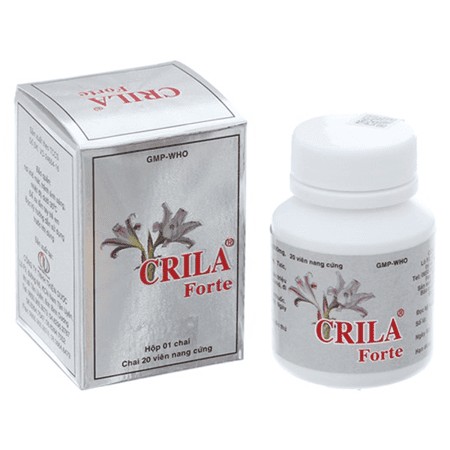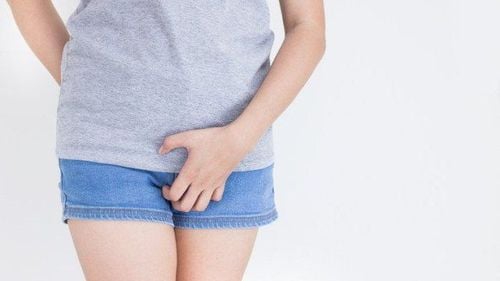This is an automatically translated article.
Posted by Doctor Le Thu Huong - High-tech Unit for Treatment of Cerebral Palsy and Autism - Vinmec Times City International General HospitalUrinary incontinence is a part that greatly affects the quality of life of patients and their families. Therefore, urinary control and urinary tract care are an important part of the care of patients with spinal cord injury.
1. What is the cause of spinal cord injury?
The spinal cord is located in the spinal canal and is part of the central nervous system. Normally the spinal cord is very well protected in the spinal system. However, the spinal cord can be damaged due to the following causes: Trauma, myelitis, spinal stroke, congenital diseases (meningeal herniation, low spinal cord attachment), infectious diseases, tumors, etc. , cancer, compression due to disc herniation... Depending on the location of the spinal cord injury, there are different manifestations, common features are motor defects below the level of damage, bowel and bladder disorders, and injuries. other secondary defects (muscle atrophy, stiffness, embolism, pressure ulcers, pneumonia, urinary tract infections...).Among the above problems, urinary disorders are a part that greatly affects the quality of life of patients and their families. Urinary incontinence also leads to urinary tract infections, kidney failure, and may lead to reflex sympathomimetic episodes (AD attacks) leading to paroxysmal hypertension, decreased heart rate, and headaches, which can lead to to cerebrovascular accident in people with lesions D6 and above. Therefore, urinary control and urinary tract care are an important part of the care of patients with spinal cord injury.
2. Common urinary disorders
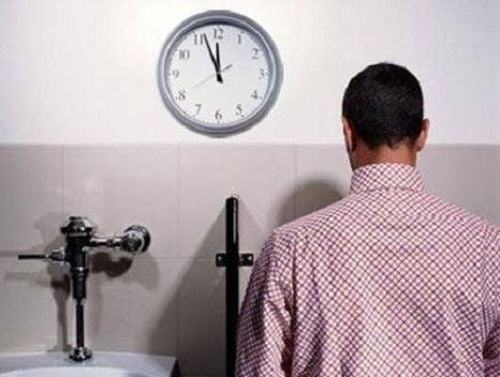
Tiểu đêm, tiểu nhiều lần là 2 trong số nhiều rối loạn tiểu tiện thường gặp
1.1. Symptoms related to urine storage (filling phase) Urinary urgency Leakage Nocturia Frequent urination Sensory disturbances: Decreased sensation, loss of sensation, increased sensation, urgency to urinate, bladder pain 1.2 . Symptoms when urinating (ejection phase) Urinary hesitancy Weak urine stream Intermittent urination Difficulty urinating, urinary retention Prolonged urination 1.3. Symptoms after urinating The feeling of not emptying the urine Dripping after urinating Among these manifestations, urinary retention and leakage, incomplete urination are the most common symptoms
3. Causes of urinary disorders
Normally, urine is produced from the kidneys, through the ureters 2 ureters, down, and stored in the bladder. A normal person has a bladder capacity of 400-600ml. When the bladder is full, the sensory endings that transmit sensory information along the S3 cord to the spinal cord and the sphincter in the bladder neck are opened. Simultaneously, from the spinal cord signals to the pons, then to the cerebral cortex. If the environment is right (subject to individual preferences), the pons will send a signal to allow the external urethral sphincter to open and urination will take place smoothly.In patients with spinal cord injury, due to loss of nerve signal transmission between the spinal cord and brain, or in some cases damage to the spinal cone (ponytail), the signal between the bladder and spinal cord is also impaired. affect, leading to the following 8 types of bladder and bladder sphincter disorders:
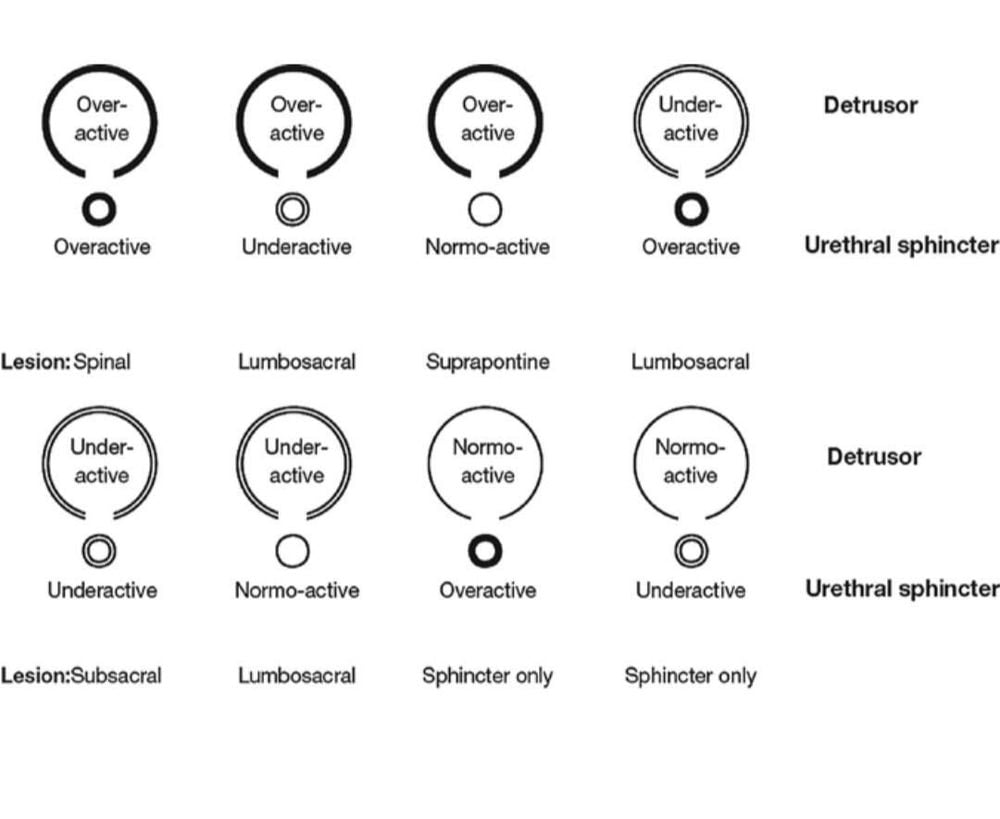
Hình ảnh rối loạn bàng quang và cơ thắt
3. Care of urinary tract in patients with spinal cord injury
3.1. Catheterization After spinal cord injury, most of the patients are not able to urinate completely on their own, most of them have urinary retention, leakage, and incomplete voiding. And these patients often have indications for catheterization.Commonly used catheters and their pros and cons:
Urinary catheterization This catheter is indicated in the acute period after trauma and should be removed as soon as possible after the patient is stable. In addition, urinary catheters are also used in acute exacerbations of urinary tract infections to drain urine continuously during this time. Urinary catheters cannot be placed for a long time due to the risks of urinary tract infections, pain, bladder bleeding during movement, bladder stones, and inconvenience in daily activities
Clean Intercontinental Catheterization (CIC) Is hourly catheterization to collect urine with a clean catheter (usually a Nelaton catheter).
Advantages: Compared with urinary catheterization, intermittent catheterization shows superiority in being independent in daily activities. Instead of constantly wearing catheters and urine bags like catheters, patients will use catheters at regular intervals, just like the average person goes to the bathroom every hour. Intermittent urinary catheterization helps to get all the urine in the bladder in the most physiological way like a normal person, limiting urine leakage, being active in daily activities, not causing the bladder to shrink like a urinary catheter, Limit bladder stones, limit the possibility of urinary infections. Depending on the patient's ability to urinate, residual urine volume, patients are indicated for intermittent catheterization with different times
Normal people: V residual urine <50ml If <70ml – No catheterization Urine 70-100ml: consider catheterization 1 time/day 100-200ml: 1 time/day: Preferably put in the evening before going to bed to get a better night's sleep. 200-300ml: 2 times/day in the morning when waking up and in the evening before going to bed 300-400ml: 3 times/day >400: 4-6 times/day Cons: Like other types of urinary catheters, through Intermittent urination can cause urinary tract infections, urethral damage, and very rarely bladder perforation. To avoid these disadvantages, patients need to comply with the regulations of catheterization, applying gel (water-soluble gel - KY)
Urinary catheterization on the pubic bone is an option for patients with urinary disorders and spinal cord injuries. where intermittent catheterization is not possible, e.g., patients with urethral injury, difficulty moving both arms (cervical trauma patients). Advantages: longer circulation time than urinary catheter, less bleeding when moving, can be replaced by yourself
Cons: Risk of urinary tract infection, bladder shrinkage, bladder stones
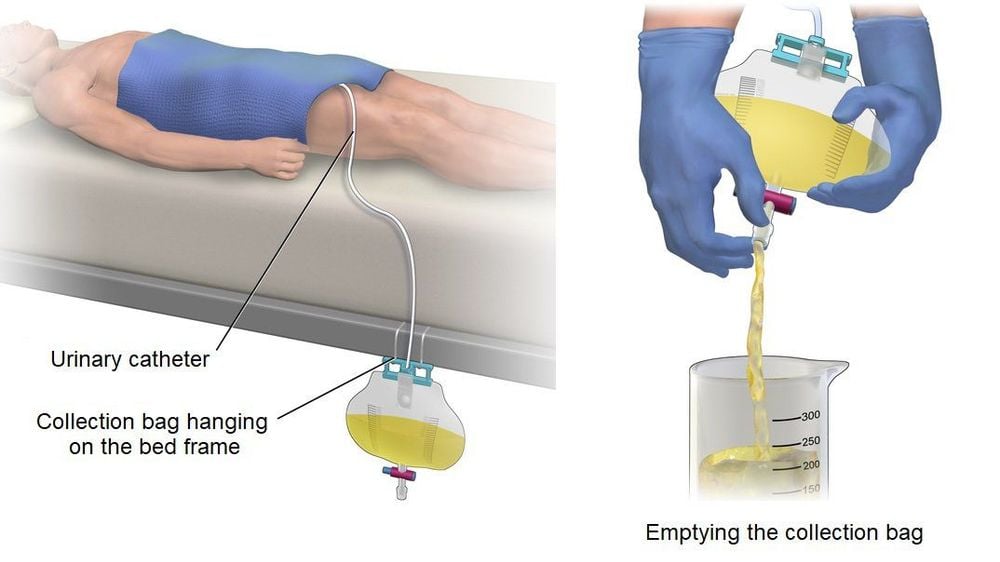
Sau khi tổn thương tủy sống, đa số các bệnh nhân không thể tự đi tiểu và thường sẽ có chỉ định đặt thông tiểu
Strong pelvic floor exercises for patients with urinary leakage due to weak urethral sphincter, weak pelvic floor muscles Bio-feedback exercises improve motor function of sphincter and perineal muscles Electroneural stimulation exercise improves bladder wall muscle activity, urethral sphincter and bladder-sphincteric function regulation, improves sensory disturbances, relieves bladder pain 3.3 . Diet and other care Drink lots of water: Should drink about 2l of water/day, do not use carbonated water, should use more orange and lemon juice Increase the use of foods rich in Vitamin C Use medicines according prescribed by the doctor, do not arbitrarily stop the drug, stop the catheterization without the consent of the doctor. Keep a urine diary, check urine and urinary system regularly as indicated, periodically measure urodynamics with patients with indications of Vinmec International General Hospital with a system of facilities and equipment With modern medical equipment and a team of experts, doctors with many years of experience in the examination and treatment of neurological diseases, patients can be assured of examination and treatment at the Hospital.
To register for examination and treatment at Vinmec International General Hospital, you can contact Vinmec Health System nationwide, or register online HERE.
SEE ALSO:
Treating urinary tract disorders with physical therapy The first time treating urinary tract disorders caused by meningeal hernia with stem cells What is urinary incontinence?





